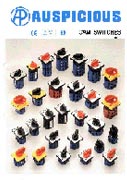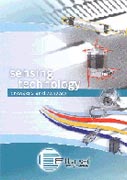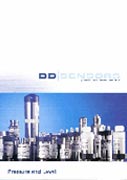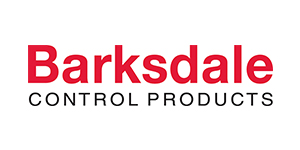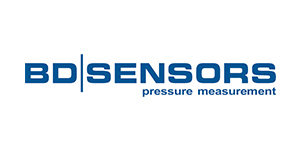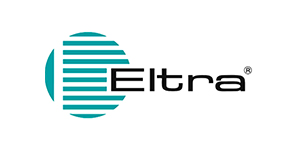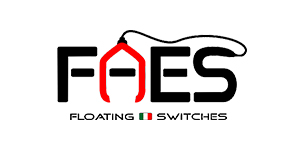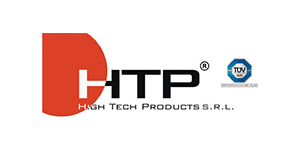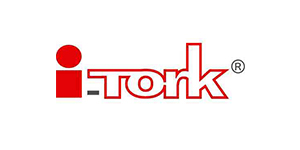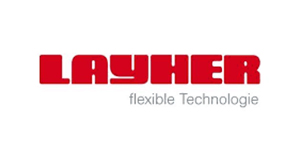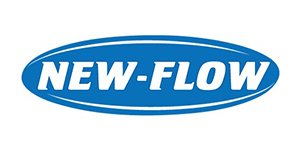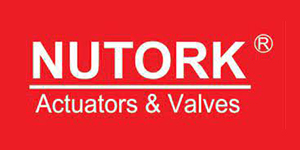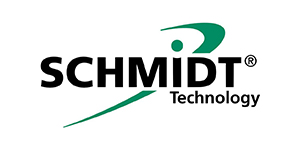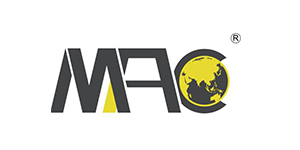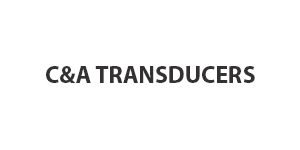There are many different pressure sensors on the market. This wide variety is largely attributed to the fact that there are many different materials which needed to be measured at a variety of ranges and in a variety of different conditions. This need to measure an array of materials has led to the development of a number of different pressure sensor designs.
So much so that there are approximately 50 pressure measuring technologies across the world which are being developed and manufactured by over 300 companies.
Out of all of these pressure sensors, the Wheatstone bridge, a strain based sensor, is the most common. This is mainly because this sensor offers outstanding accuracy while being durable, conveniently sized and cost effective. These types of sensors can be used for high and low pressure readings as they can effectively measure gauge, differential and absolute pressure.
Each pressure sensor has two main components; the strain gauge and the diaphragm. A change in pressure will cause the diaphragm to deflect against the strain gauge. This resistance is then measured by a Data Acquisition System.
There are three main pressure transducers for each strain gauge; bonded strain gauge, semiconductor strain gauge and the spluttered train gauge.
Nowadays using a pressure sensor is relatively easy due to the advancements made in the technology by integrated circuit manufacturers. These manufacturers have developed composite pressure sensors which are probably the most user-friendly pressure sensors ever made. This type of sensor will typically use a semiconductor diaphragm, semiconductor strain gauge and a temperature compensation sensor.
A pressure sensor, whether measuring liquids or gasses, generally acts as a transducer. This means that it collects the signal from the pressure and transmits this as an electrical signal.
There is no hard-and-fast rule for reading pressure sensors, because they are all so different. Taking a reading off of a pressure sensor will ultimately depend on what you are measuring, what conditions you are working in and what range you are working with. All of these factors need to be determined before you will know which pressure sensor you need and how to read it.

